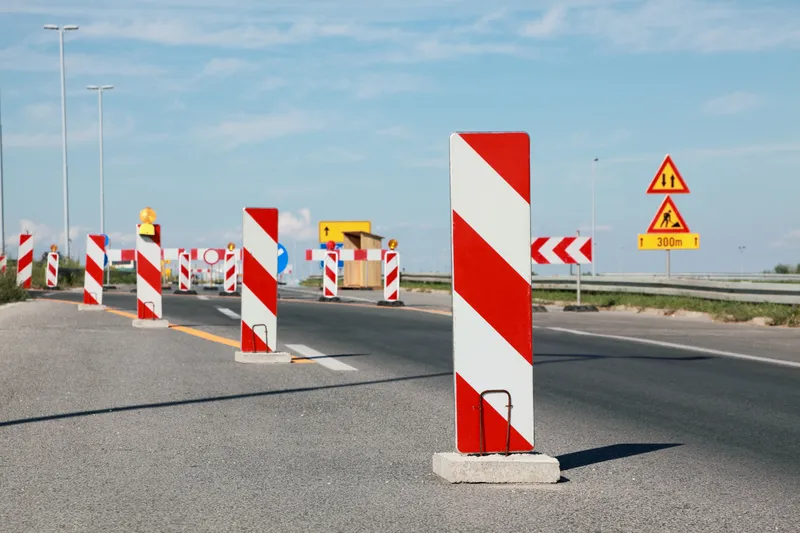Tolling organisation
But it warns that the industry must guard against any unintended consequences of the provisional agreement between the European Council and European Parliament, which is designed to strengthen road infrastructure management in a bid to reduce fatalities and serious injuries.
The wording has yet to be endorsed by the Council and the relevant European Parliament committee.
But if passed it will become mandatory to take into account pedestrians, cyclists and other VRUs – who made up almost half of road fatalities in the
The proposed reform will extend the scope of current rules to motorways and other primary roads beyond the trans-European transport network (TEN-T). Policy makers say this will “contribute significantly to the improvement of road infrastructure safety” across the European Union. The directive is also expected to cover roads outside urban areas that are built using EU funding.
The proposal introduces a network-wide road safety assessment, which is described as “a snapshot of the entire road network covered by the directive used to evaluate accident risk”. Authorities will use this data to either introduce more targeted road safety inspections or to take immediate action to resolve a safety blackspot.
But ASECAP warns that “several suggested proposals must be very carefully studied, otherwise the application of them can produce the opposite results of the expected ones”.
The organisation suggests there should be “detailed analysis of each accident, before a general assessment of road infrastructure sections takes place”, and insists this analysis must be based on facts.
“Parameters like the vehicle type, age and classifications, as well as driver’s behaviours, education and incomes could lead to very useful inputs on the analysis of the accidents,” ASECAP suggests in a statement.
It also expresses concern that existing safety procedures must not be compromised by the new rules.
“ASECAP would like to stress that any change on current procedure may jeopardise the proven efficiency of existing tools,” it points out.
ASECAP cautiously welcomes EU agreement on VRU safety
Tolling organisation ASECAP has welcomed a European agreement which would force governments to take ‘systematic account’ of vulnerable road users (VRUs).
But it warns that the industry must guard against any unintended consequences of the provisional agreement between the European Council and European Parliament, which is designed to strengthen road infrastructure management in a bid to reduce fatalities and serious injuries.
The wording has yet to be endorsed by the Council and the relevant European Par
March 4, 2019
Read time: 2 mins









